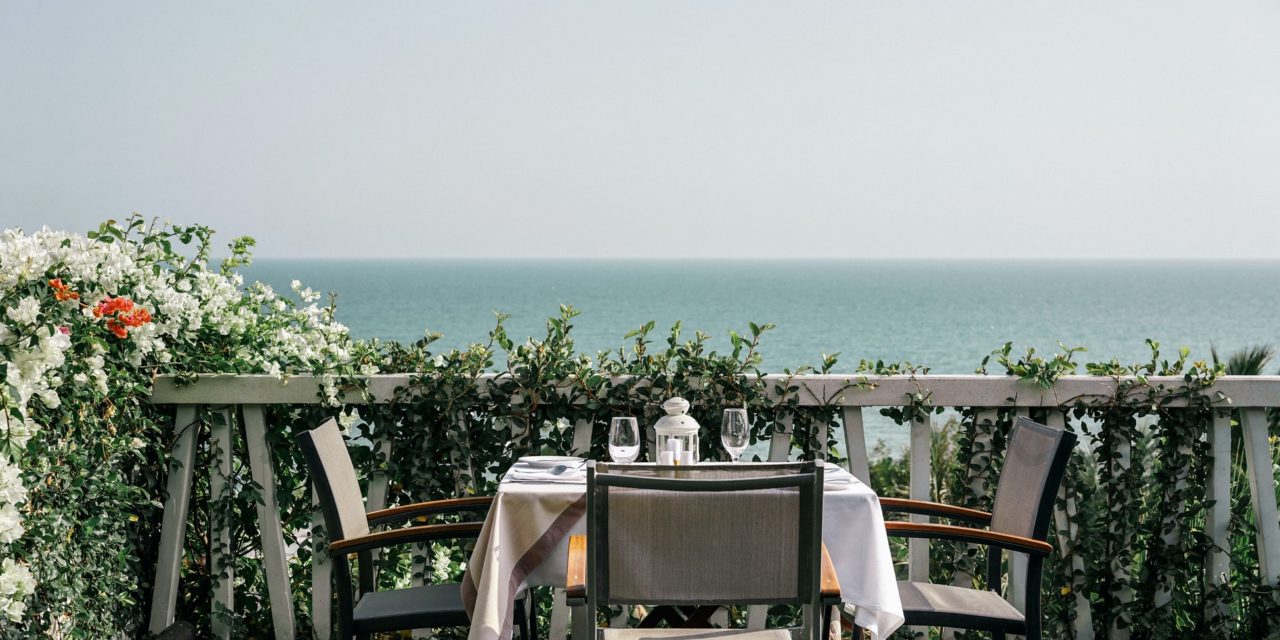[ad_1]
Though the outdoor furniture is made of All-weather materials, but one has to act wisely to prolong the life of it. Don't leave everything to manufacturer's hand as they are not end users. This article sheds some light on the protection of the furniture. Follow the below listed steps to improve the utility of the furniture.
Step 1:
Generally the patio furniture is exposed to all forms of the pollution. So brush them to remove the dust.
Check for any damages. If any, clear the issue. Otherwise your efforts will run in vain.
Separate upholstery and frame of the furniture piece as they should be cleaned separately.
But wicker furniture is altogether different. They have to be covered with hose. Wooden and metal furniture can be cleaned with a sponge.
To ease the cleaning process, use a cleaning solution which is specific to the material you are using.
Step 2:
Upholstery protection- The upholstery of the outdoor furniture is sensitive. Fabric upholstery needs a bit more maintenance. The upholstery defines the beauty of the furniture. So it should be washed properly to shed its gloomy look. After washing, it has to be dried properly to avoid mildew. If there is less sunlight, then use electric dryers. Dry it until moisture level reaches zero. Then apply a fabric protector which doesn't affect the nature of the fabric. It should be sprayed seasonally to all the fabric pieces to increase the life.
Step 3:
Frame protection- As it is said in the first step, the frame should be dealt separately.
UV radiation from the sun and rain are primary causes of damage. Look for an Outdoor furniture protector which negates the bad effects of weather. It can be applied to plastic and metal furniture frames with a paint brush.
For wooden frames, apply a normal paint. Pigments in the paint can protect furniture from heat and water. The wooden frame should be painted periodically because the paint on the frame tends to chip and wither.
The protector should be applied in a ventilated area by using masks and gloves to avoid any untoward incidents.
Step 4:
Make them resistant against stains and water- A small stain can damage the appeal of the furniture. So, apply a stain and water repellant for every two years. The water repellant prevents the water from reaching the bottom layers of the wood and also fastens the evaporation process. Avoid using repellents, which have a high oil content.
Many prefer to stay indoors during extreme conditions. Cover the patio furniture during such periods. If you have a enough space to store all the furniture, then you can save investment on covers. If you have no other option, then spread furniture covers over furniture pieces which can protect from heat and dust.
[ad_2]
Source by John Smith


